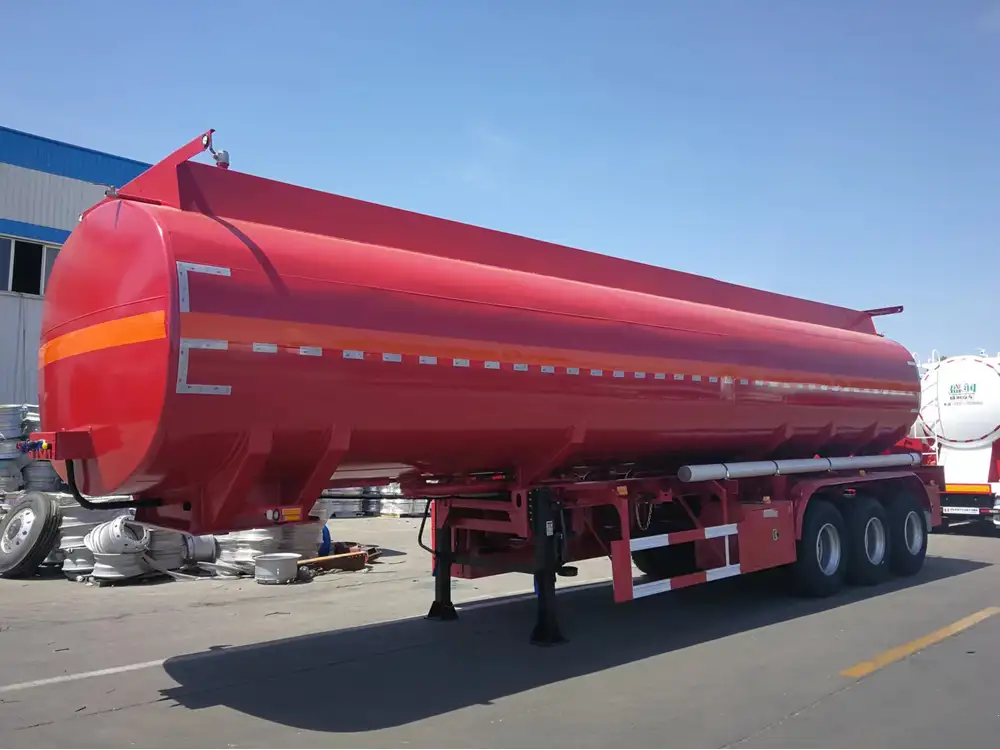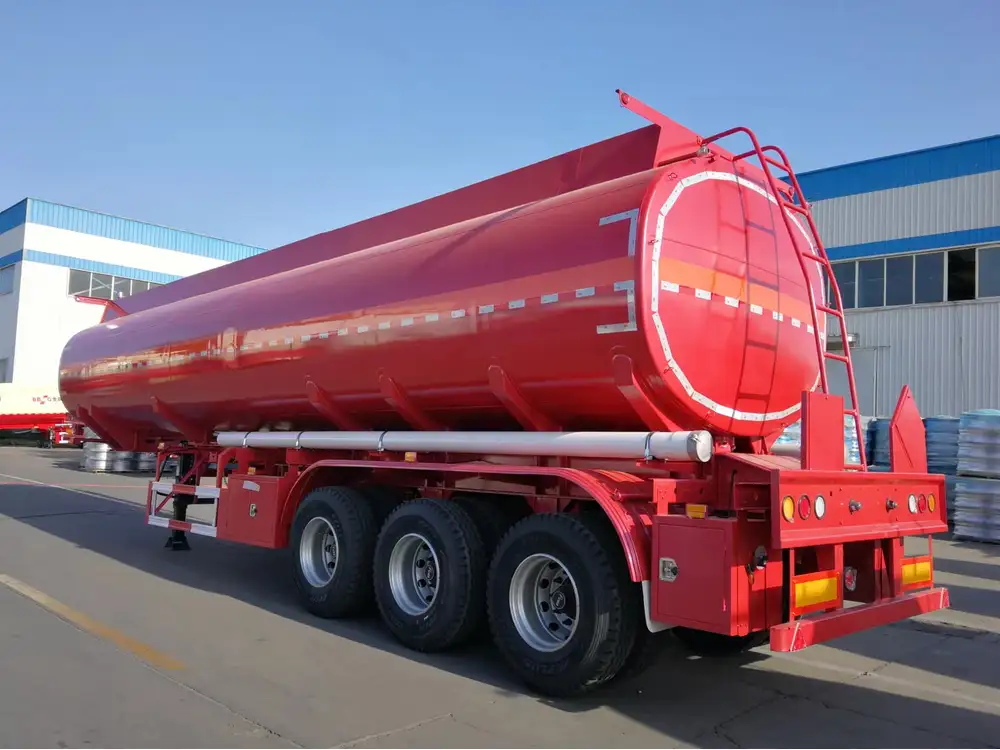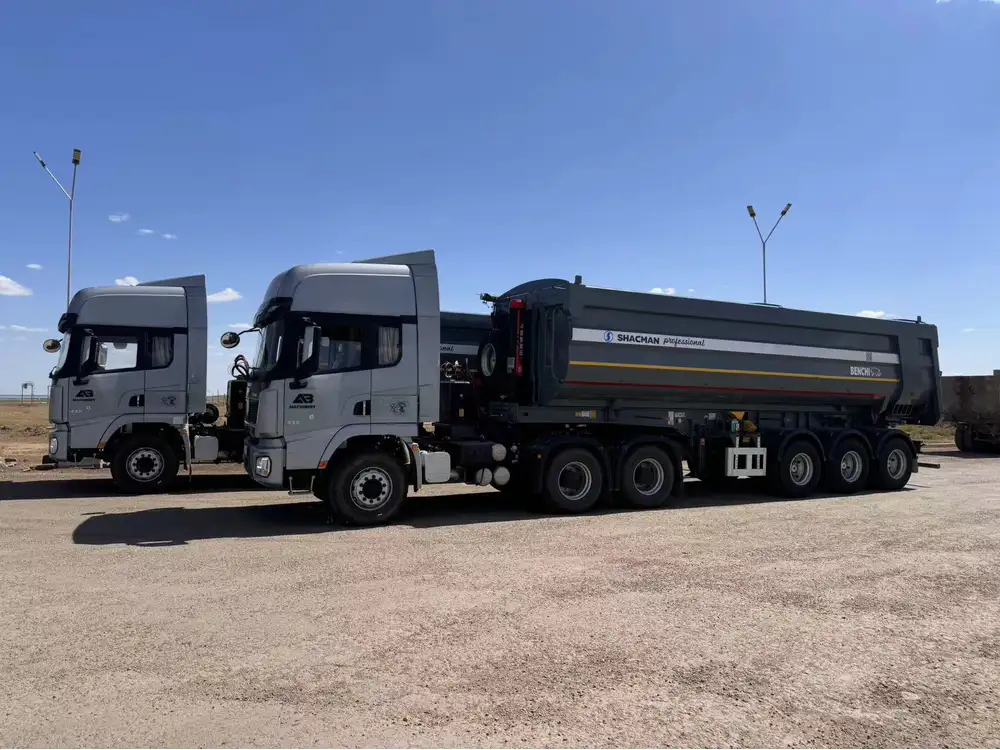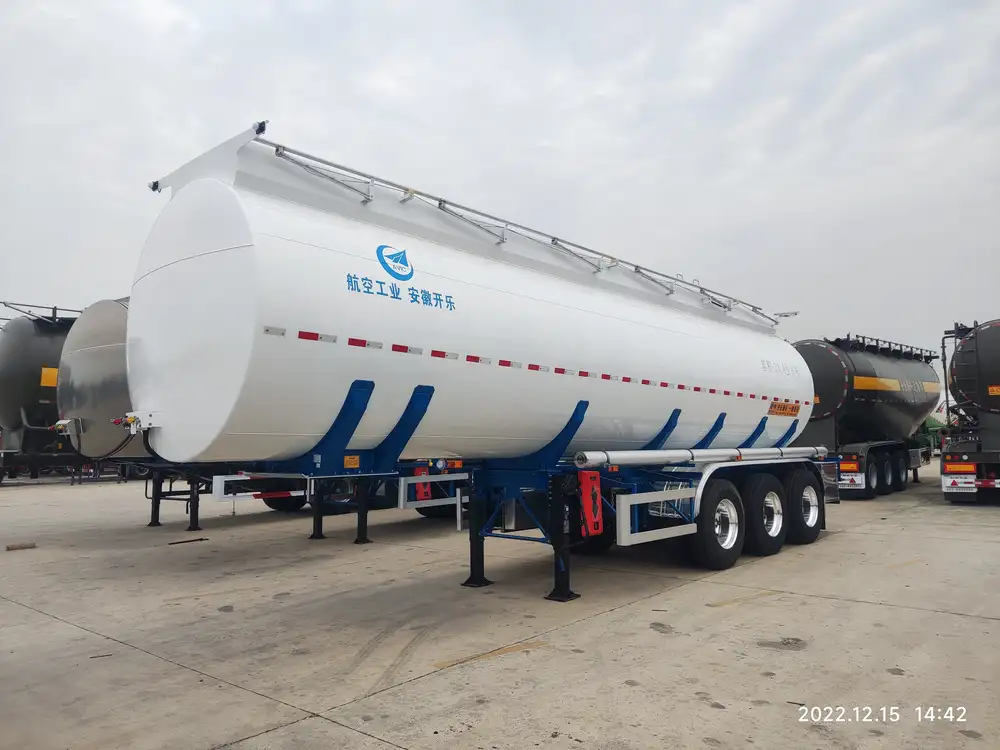Loading a semi-trailer might appear to be a straightforward task, yet the intricacies involved can lead to situations where things go south quickly. This phenomenon has given rise to a plethora of memes, including the popular phrase “when you fuck up loading a semi trailer.” While humor serves as an essential coping mechanism in the trucking industry, understanding the underlying issues can transform that humor into a learning experience.
The Importance of Proper Load Distribution
Understanding Load Dynamics
When loading a semi-trailer, the distribution of weight is critical. Poorly loaded trailers can lead to dangerous driving conditions. The Center of Gravity (CoG) plays a pivotal role; if the CoG is too high or not centered, the risk of rollover increases substantially.

Recommended Load Distribution Guidelines
| Position Within the Trailer | Weight Distribution (in percent) | Safety Considerations |
|---|---|---|
| Front (towards the cab) | 60% | Enhances stability; minimizes trailer sway. |
| Middle | 30% | Should be balanced to avoid weight shifting. |
| Rear | 10% | Heavy loads at the back increase rolling risk. |
Common Pitfalls in Load Distribution
- Excessive Front-Loading: This often results in the front tires being overloaded, affecting steering.
- Underloading the Rear: Leading to poor stability and increased risk of trailer sway during turns.
- Misplacement of Heavy Items: Heavy items should always be loaded first, closer to the axles, and distributed evenly.
Equipment Checks: A Crucial Step
Before hitting the open road, it is quintessential to ensure that the semi-trailer and its loading equipment are in optimal condition. Skipping this step can lead to the very mishaps humorized in memes — the tragedies that could have been easily avoided.

Essential Equipment for Trailers
- Weight Scales: Portable weight scales ensure compliance with legal weight limits.
- Load Straps: Properly securing loads with heavy-duty straps can prevent shifting that leads to instability.
- Corner Protectors: Often overlooked, these protect the load distribution system from wear and tear.
Maintenance Best Practices
Regular maintenance routines should include:
| Component | Maintenance Frequency | Best Practices |
|---|---|---|
| Tires | Monthly | Check for tread wear and proper inflation. |
| Brakes | Bi-monthly | Inspect for wear and ensure proper function. |
| Suspension System | Annually | Examine for leaks and wear; replace as needed. |
Memes as a Reflection of Real Scenarios
The phrase “when you fuck up loading a semi trailer” encapsulates the feelings of frustration mixed with humor that many truckers face. Memes often highlight real experiences, allowing drivers to share a laugh, yet they also provide valuable lessons when viewed critically.

Contextualizing the Meme Culture
- Shared Experiences: Memes often resonate widely because they depict relatable mistakes everyone has made.
- Motivation for Improvement: They encourage professionals in the industry to refine their practices and learn from past oversights.
Types of Memes Related to Load Mistakes
- Visual Memes: Images portraying overloaded trailers or awkward load placements that become humorously disastrous.
- Text-Based Memes: Puns and phrases mimicking the frustrations of drivers caught in mishaps, often shared across social media platforms.
Beyond the Humor: Learning from Mistakes
While memes can serve as comic relief, they also present an opportunity for growth. Analyzing mistakes made during loading can uncover systemic flaws that, when addressed, lead to safer operations.

Key Lessons from Loading Mistakes
- Training Is Paramount: Ensuring that all personnel are adequately trained in load securing techniques can mitigate risks.
- Adherence to Regulations: Familiarity with regulations surrounding weight limits and load dimensions can prevent errors that lead to legal repercussions.
Real-World Case Studies
An exploration of case studies involving loading errors can provide a deeper understanding of the consequences and best practices.
| Case Study | Error Type | Consequence | Lesson Learned |
|---|---|---|---|
| Company A | Overloading Front | Rollover Accident | Importance of balance and legal limits. |
| Company B | Misaligned Load | Cargo Damage | Need for secure and balanced setup. |
| Company C | Underloading Rear | Trailer Sway in Turns | Proper weight distribution is crucial. |
Best Practices for Loading Semi-Trailers
When it comes to securely loading a semi-trailer, several best practices stand out, aiming to optimize safety and efficiency.

Pre-Loading Checklist
- Review Load Specifications: Ensure understanding of cargo dimensions and weights.
- Inspect Ground Conditions: Confirm that the surface on which the loading occurs is stable and level.
- Gather Necessary Equipment: Verify that tools like load straps, scales, and dollies are on hand.
Loading Process Steps
- Position the Trailer: Ensure the trailer is on stable ground and that wheels are chocked.
- Load Heavy Items First: Place heavier cargo closer to the front and distribute evenly.
- Secure the Load: Use appropriate straps and padding to prevent movement.
- Check Again: After loading, conduct a final check to redistribute weight if necessary.
The Role of Technology in Modern Loading Practices
With the advancement of technology, the processes involved in loading semi-trailers have undergone significant transformation.

Innovations in Loading Equipment
- Smart Load Sensors: These sensors provide real-time feedback on load distribution, alerting operators when weight exceeds limits.
- Automated Load Management Systems: With the integration of AI, these systems analyze load designs and suggest optimal configurations.
- Mobile Apps for Load Documentation: Drivers can now use mobile applications to document loads, ensuring compliance and traceability.
The Future of Loading Technology
As the industry progresses, we anticipate even greater automation and precision in loading practices. The use of augmented reality for load placement visualization and further enhancements to tracking systems could reshape the loading landscape.
Conclusion: Cultivating a Culture of Safety and Learning
Achieving excellence in the loading of semi-trailers is not merely about avoiding the creation of humorous memes. It involves continuous education, adherence to best practices, and the honest analysis of mistakes.
By fostering an environment that prioritizes safety, comprehensive training, and advanced technologies, the trucking industry can significantly reduce errors. Thus, the next time a trailer incident leads to a meme, it should serve not just as a source of laughter but as a powerful reminder of the lessons learned and the ongoing pursuit of professionalism and safety in every load.

Final Thoughts
The humor surrounding loading mishaps should not distract from the realities of operating in the trucking industry. Through adherence to best practices, utilization of technology, and commitment to continuous improvement, we can steer clear of the frightening scenarios depicted in the memes, ensuring both personal safety and successful operations. Let’s embrace the challenges of loading semi-trailers with knowledge and preparation, transforming potential mishaps into opportunities for growth and safety in our operations.



